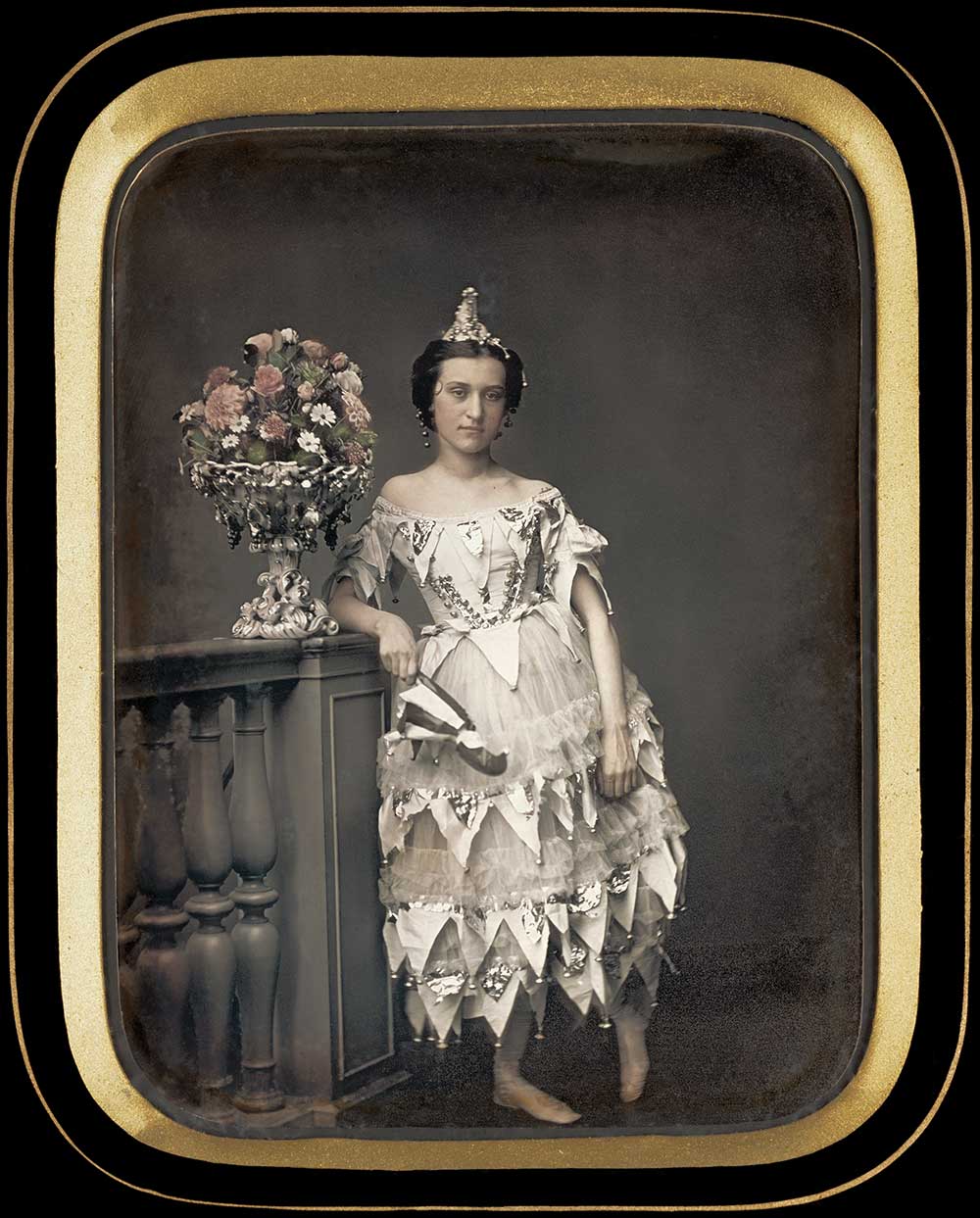STARTS
2014-01-25 00:00:00
Ends
2014-06-20 23:59:59
Location
In the Looking Glass
In the Looking Glass: Recent Daguerreotype Acquisitions
This exhibition highlights a commitment to the earliest form of photography: the daguerreotype. The museum’s world-renown daguerreotype holdings now include more than 800 pieces. Continuing to build on this strength, this exhibition displays the newest additions to this remarkable collection and expands this vision to include European daguerreotypes and beyond.
Americans loved the daguerreotype and by 1843, it had become widely popular, remaining the dominant form of photography for the next 20 years. The process made portraiture affordable to a broader public and covered a wide stylistic spectrum.
In Europe, French daguerreotypes reveal a more consistent emphasis on creativity and artistry while many British daguerreotypes are distinguished by elaborate hand-painting. In Japan, photography–relatively unknown until 1868—was a means of adopting Western culture.
The daguerreotype is like no other photographic process. Each plate is a one-of-a-kind image. For viewers of the 1840s and 1850s, daguerreotypes seemed to be magical bits of reality. More than a century later, they still hold that kind of wonder and appeal.

This exhibition is supported by the Hall Family Foundation and the Campbell-Calvin Fund and Elizabeth C. Bonner Charitable Trust for exhibitions.
